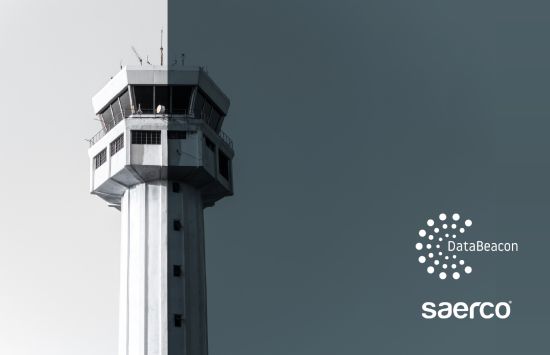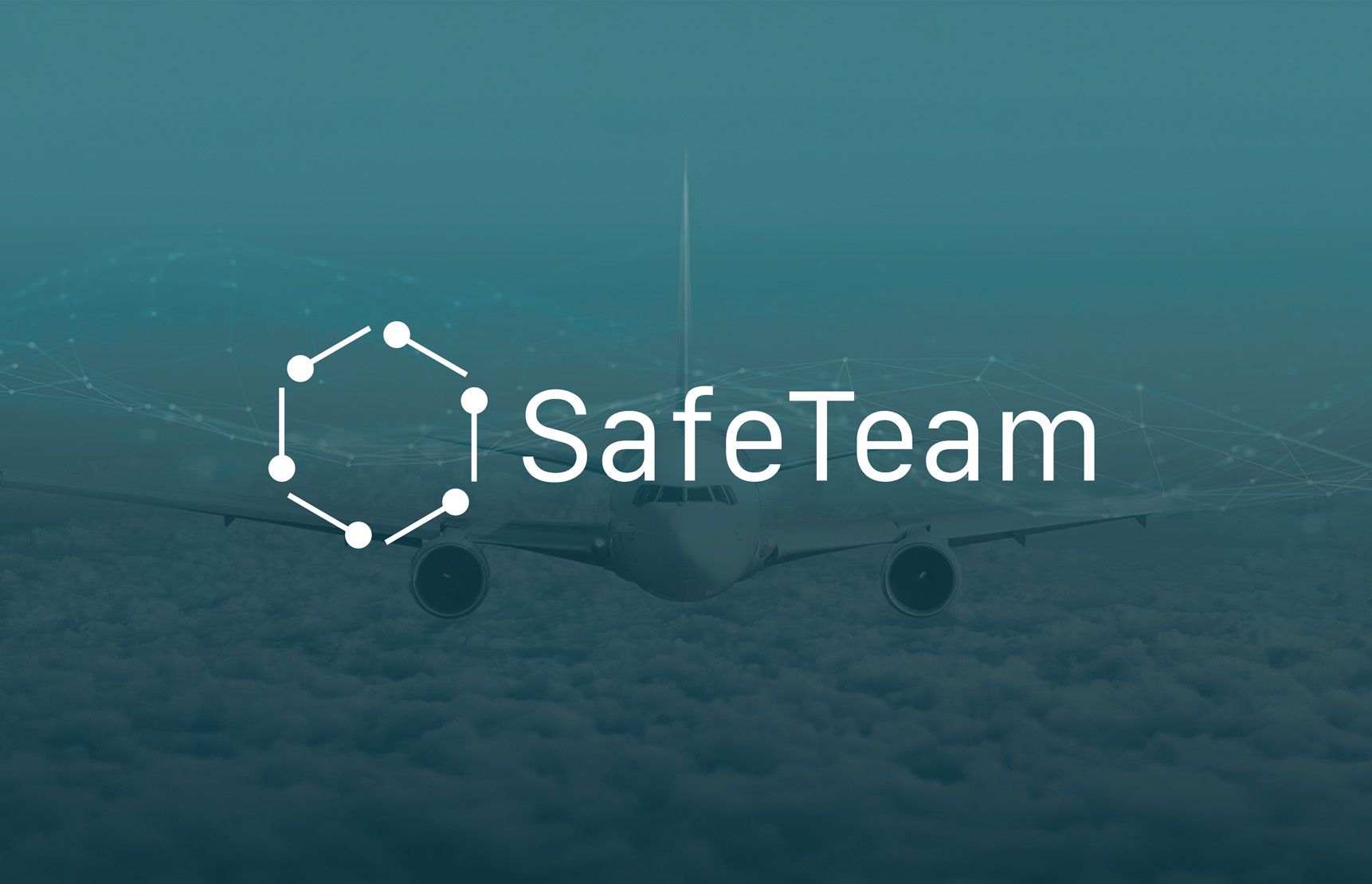
DataBeacon validates Romeo5 in PTA project with SAERCO
David Perez
DataBeacon, a leading provider of innovative Flight Information Display Systems, has achieved a key milestone for one of its latest developments: the successful validation of our Romeo5 digital twin (GDR5). The project aims to modernize and digitize the infrastructures of Air Traffic Management (ATM) service within airport airspace. The vision is to make air transportation more efficient, sustainable, and safe, in line with the EU‘s environmental and digitalization goals.
Romeo5 is our FID solution built to enhance tower operations by delivering real-time flight data to ATCOs and AFISOs. To ensure the functionality of this tool, as well as verifying its sustainability and efficiency, rigorous testing is necessary. This is why, thanks to the co-financing from the Spanish CDTI with Next Generation EU funds, we created GDR5, a digital model that allows simulation and real-time analysis of various operational situations and scenarios, facilitating informed decision making and anticipating potential issues or conflicts. GDR5 provides a virtual and dynamic representation of the aerodrome and its operations to enhance airport safety and efficiency levels. Furthermore, we’re developing a system based in AI technologies that is designed to support ATCOs and other professionals, enabling them to access relevant information to ensure operational efficiency and environmental sustainability at the airport.
In partnership with Saerco, DataBeacon has explored how the digital assistant can support operations in a wide range of real scenarios, including low visibility conditions at the airport, service degradation, runway performance or playback and post-analysis dashboards.
As part of the testing, nine ATCOs and AFISOs used GDR5 for two weeks. The testing provided valuable insights from Saerco controllers and managers alike, praising its clear interface, reliable alerts, and accurate display of aircraft and vehicle positions. They highlighted how it reduces workload, boosts confidence, and aligns with real-world needs.
Post-analysis and replay tools were tested as well, and their clarity and usefulness for operational reviews was validated and confirmed. Our model, forecasting time-to-threshold at Madrid-Barajas (LEMD), delivered over 95% safe predictions, enabling better runway decisions and thus corroborating that safety and efficiency can go hand in hand in aviation, with the help of AI and digitalization of Air Traffic Management infrastructures.



